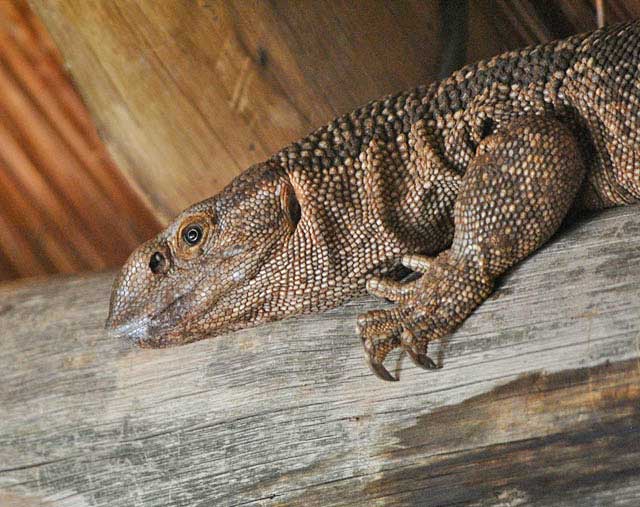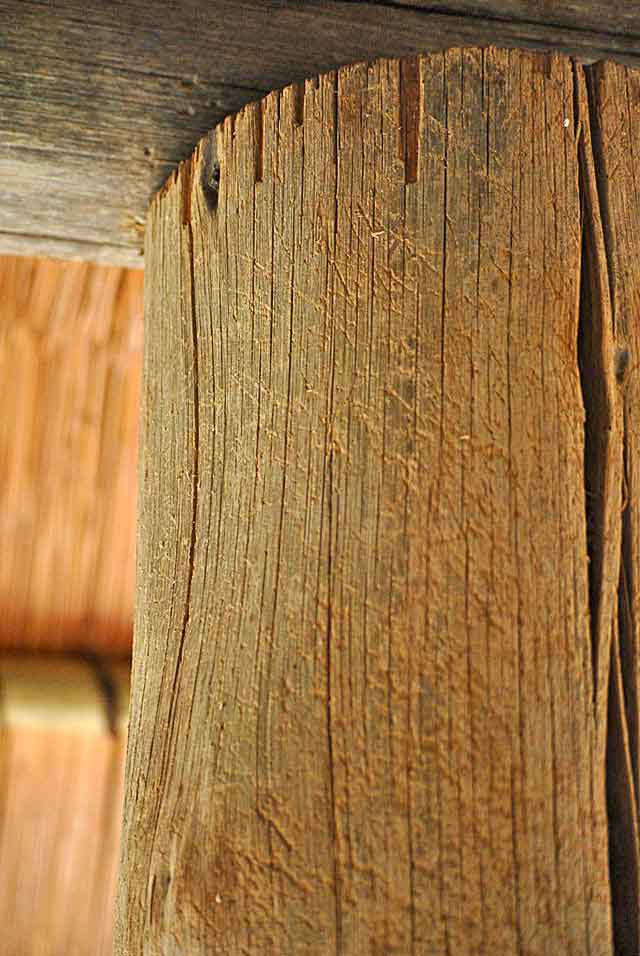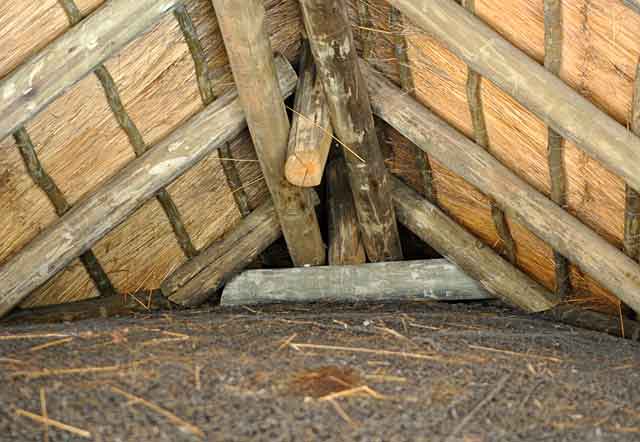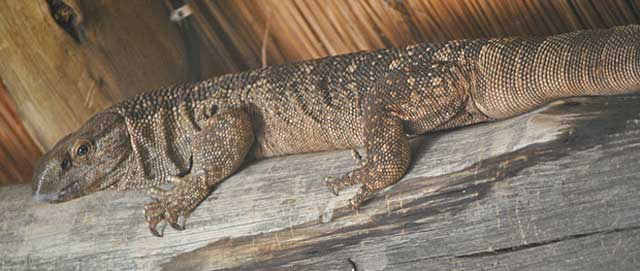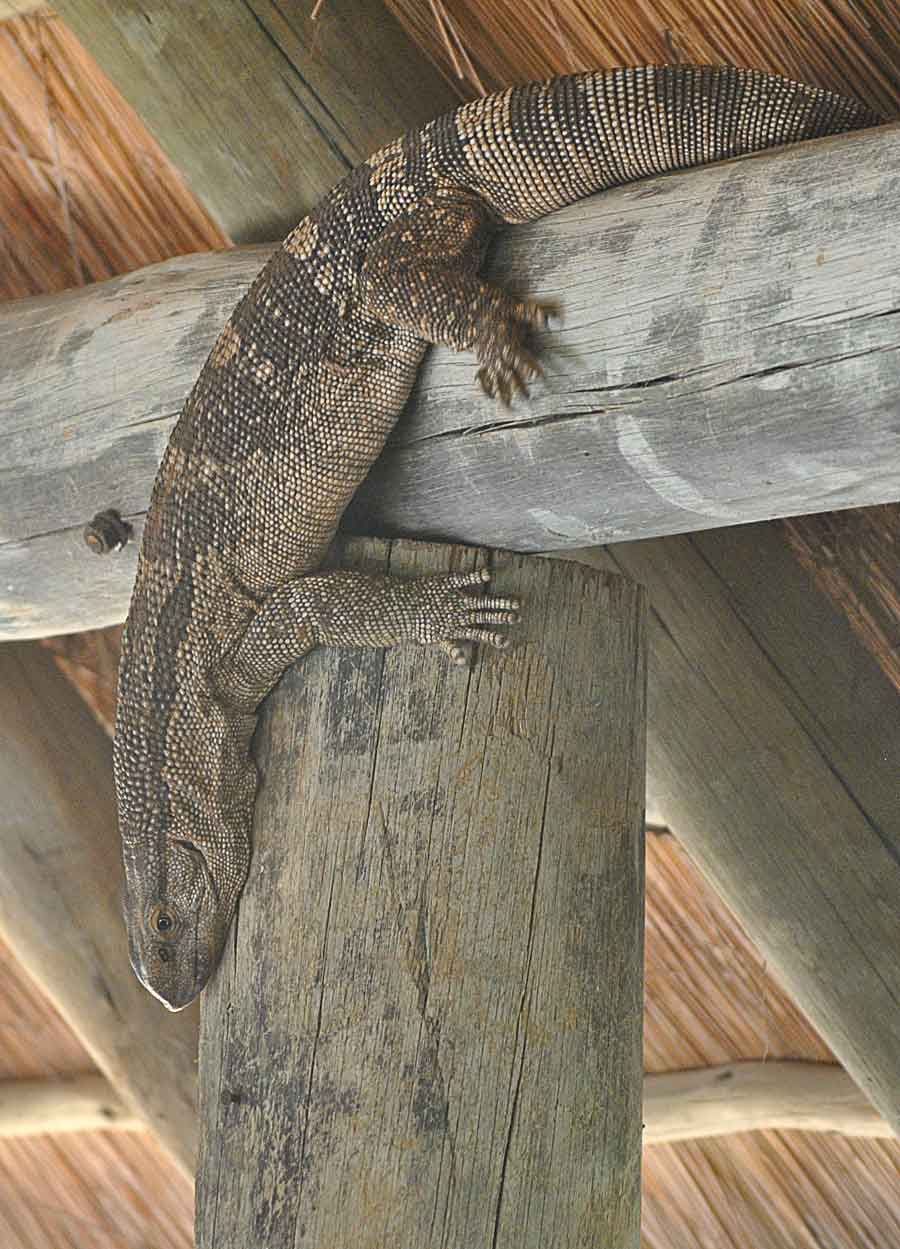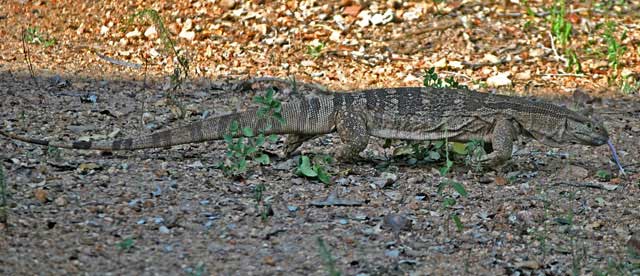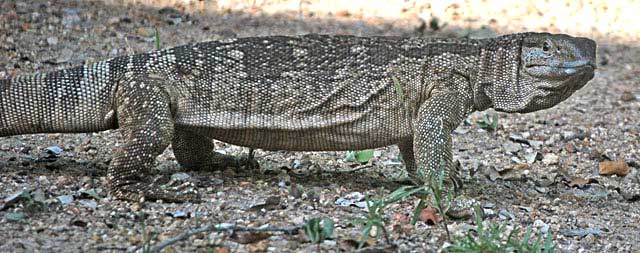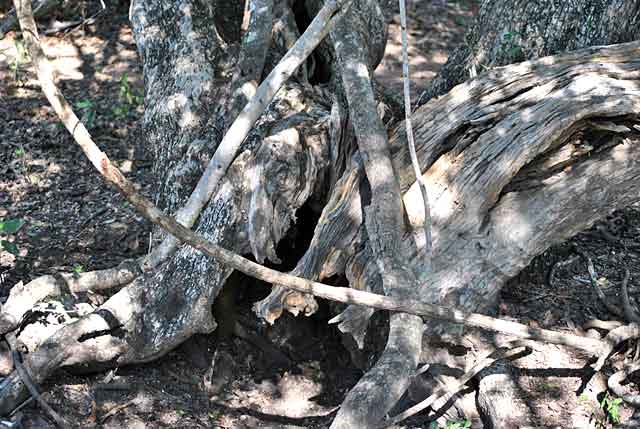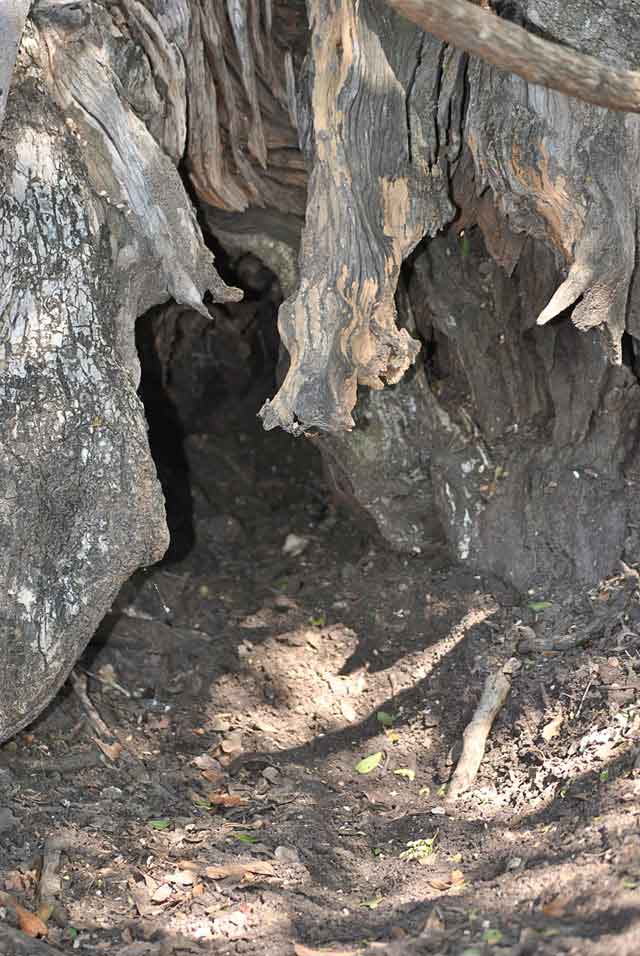Wild Neighbors
Wild Neighbors, Secret World of Giant Lizards
Are Animals Really Smart?
Leguaan, why leguaan? I could have written about rhino, elephant or even martial eagles. Instead, I have written about an animal closer to home, because I think some of our readers may be as un-informed about one of their closest neighbors as I was. And another reason is that it’s about the largest wild animal that would live in your attic in the same way these ones do. By the way, leguaan is pronounced le-ga-vaan and is in fact a rock monitor lizard and the largest lizard of its kind in Africa. It’s close relative is the water monitor lizard and not as big, although a lot more attractive.
We in the bush interact with the leguaan far more than some of us know. And why you may ask? It wouldn’t have anything to do with intelligence, now would it? Now there’s an interesting point for you bush folk to consider. I believe the intelligent animals are like all bush people… clever. Because it appears that the intelligent creatures of the world seem to either live or interact close to people, ever noticed that? We must be, we live in the bush don’t we? Off topic again.
Yes, the leguaan is one of the brightest of animals we come into contact with. In fact it can count, like one, two, three, really… for all intents and purposes, its actions show that. The same way a dolphin has proven it counts. Off topic again, oh well, I’ve written it, so you might as well keep it.
Leguaans are one of our closest wild neighbors and they like to live near us people. They are such close wild neighbors that if they could write, I wonder what they’d have to say about us. Well, they live (or partially live) and mate in our attics, hearing all that goes on below them.
By the way, that is a good thing because they keep snakes away. Not directly necessarily, but leguaans commonly eat the same food as snakes, as well as eating the snakes themselves.
Reproduction comes in a strange way for our intrepid wild neighbors. The timing of the leguaan – that means for both male and female – must be accurate if they are going to procreate their future into existence. Initially, mating must coincide with the weather as with most creatures. Although timing is not as critical for most as it is for leguaans, concerning the laying of the female’s eggs and the hatchlings.
At the end of her expectancy, the rains have to had come, because she is dependent upon the rain to soften the termite mounds. And enough rain so she can dig down past substantial layers of occupied termite terrain. There, the leguaan lays its precious eggs. You see, even termites play a crucial part in growing our wild neighbors. Harmony is the name of the game. The symbiotic relationship here is that the termites close up the hole our erstwhile neighbor has made.
This hole is kept as small as possible, to ensure it will be easily closed by the termites, enveloping the eggs in enough of their presence. And in so doing, the ants temperature controlled environment incubates the leguaan’s eggs at the perfect temperature for the next year, until the young hatch.
Once again the rain is needed to soften the ground enough for these youngsters to dig their way out into the world, past the termites, as soon as they are hatched. And so begins the life cycle of more attic dwellers. Actually, have no fear; these wild neighbors are staunchly independent creatures, protecting their patch with fervent effort against all comers. So, if you’ve already got one, the chances are good, you will still only have one.
In case you’re not sure about that, check out the video below, these animals are tough. Another attribute is their ability to climb trees and buildings alike, with few rivals.
As we can both testify, while watching a kudu outside our bathroom window, we were suddenly rudely interrupted by a leguaan, peering through the window at us on a second-floor brick faced building. From the images, you can see our wild neighbors general household activities. Also shown is his natural cave-dwelling environment as well. Adult Lions know how distasteful leguaans can be, so they mostly leave them alone. This of course is a juvenile leguaan.
Video Run Time 1:53 min (sorry for the bad quality)

